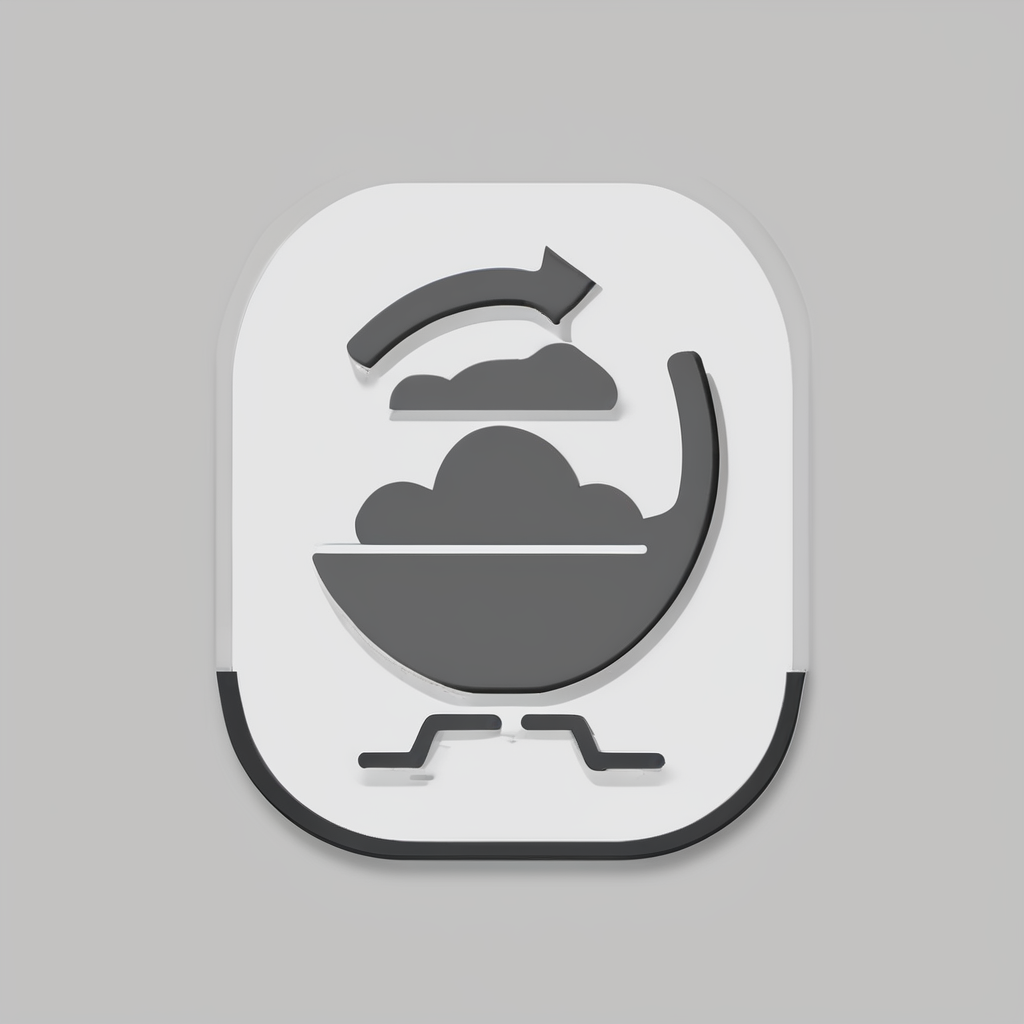Achieving the Perfect Texture and Flavor Balance in Bread and Butter Pudding
Balancing the bread and butter pudding texture is key to its classic dessert charm. The ideal pudding offers moistness inside while maintaining a crispy, golden top. Achieving this balance means carefully controlling baking time and temperature. Too long, and the pudding dries out; too short, and it turns soggy.
Equally critical is flavor harmony. The richness of butter and cream must be tempered with just the right amount of sweetness. Overly sweet pudding overwhelms the palate and masks subtle notes from ingredients, whereas too little sweetness leaves the dish bland. Using quality bread, like brioche or challah, provides a sturdy base that soaks up custard well without collapsing, supporting both texture and flavor.
Also to read : How do you make a classic bubble and squeak with leftover vegetables?
Common pitfalls include underbaking, which results in a runny texture, and overbaking, which dries the pudding and hardens the crust. One way to avoid these issues is to monitor the custard setting closely and to start checking the pudding 10 minutes before the recipe’s suggested baking time ends.
Mastering the bread and butter pudding balance requires attention to detail but rewards with a dessert that delights in both texture and flavor, showcasing the essence of this classic treat.
Additional reading : What are the essential tips for crafting a traditional steak and kidney pie?
Choosing and Preparing Ingredients for Optimal Results
Selecting the best bread for bread pudding is crucial. Stale or day-old bread works best, as it soaks up the custard without becoming too soggy. French baguette, brioche, or challah are ideal because their firm texture holds shape while absorbing flavors. Cut the bread into consistent cubes to ensure even custard absorption.
Butter quality significantly impacts the pudding’s richness. Opt for unsalted, high-fat content butter for superior creaminess and control over seasoning. Look for butter with a pale yellow color and a clean, fresh aroma, indicating freshness and natural cream content. Avoid margarine or low-fat substitutes, as these can alter texture and flavor adversely.
When it comes to spice selection, traditional cinnamon and nutmeg are indispensable for classic bread pudding. These spices enhance warmth and depth without overpowering the dish. Additionally, a touch of vanilla extract complements the spices elegantly. Use freshly ground spices for maximum aroma and potency, which elevates the flavor enhancers effectively.
With these ingredient choices, your bread pudding will deliver both a satisfying texture and rich taste that honors tradition while enticing the palate.
Step-by-Step Recipe and Technique Guide
Mastering the art of bread and butter pudding recipe
Achieving the perfect bread and butter pudding recipe hinges on an ideal custard mix ratio. For best results, use approximately one part custard to two parts buttered bread by volume, ensuring the bread absorbs the custard fully without becoming soggy. The custard mix typically combines eggs, cream, and milk; balancing these ingredients is critical to creating a rich yet set texture.
When assembling, layer the buttered bread slices evenly, allowing pockets for the custard to seep through. This technique promotes uniform flavor and moisture distribution—skip this, and you risk a dry center or overly wet edges. To enhance the texture, sprinkle sugar between layers, caramelizing during baking.
Set your oven to a moderate 160-170°C (320-338°F) for around 35-45 minutes. Visual cues, such as a golden-brown top and slightly firm center when gently pressed, indicate doneness. Beware of undercooking, which leaves the custard runny, or overcooking, which causes dryness.
These baking techniques ensure a balanced, creamy pudding that stays true to tradition while delivering a satisfying texture every time.
Troubleshooting Tips and Expert Suggestions
When tackling bread pudding troubleshooting, the most common issue is sogginess. A simple soggy pudding fix is to bake the pudding longer or increase the oven temperature slightly. This helps the custard set better and evaporate excess moisture without drying out the dessert. For a soggy center, try draining any excess liquid from soaked bread before assembly.
To achieve a delightfully crispy topping, brushing the surface with melted butter before baking adds both flavour and crunch. Alternatively, sprinkle sugar or nuts on top to caramelise and enhance crispiness. Some experts recommend finishing the pudding under a broiler for 1-2 minutes to firm up the crust without overcooking the base.
If your bread pudding feels dry, incorporate more custard or use milk with higher fat content, such as cream, for added moisture and richness. Balancing sweetness is also crucial; adjust sugar gradually during preparation, tasting the custard, and remember that toppings like caramel sauce can compensate if the base is less sweet.
With these targeted tips, one can confidently fix texture issues and fine-tune flavours, turning bread pudding from imperfect to irresistible with ease.


